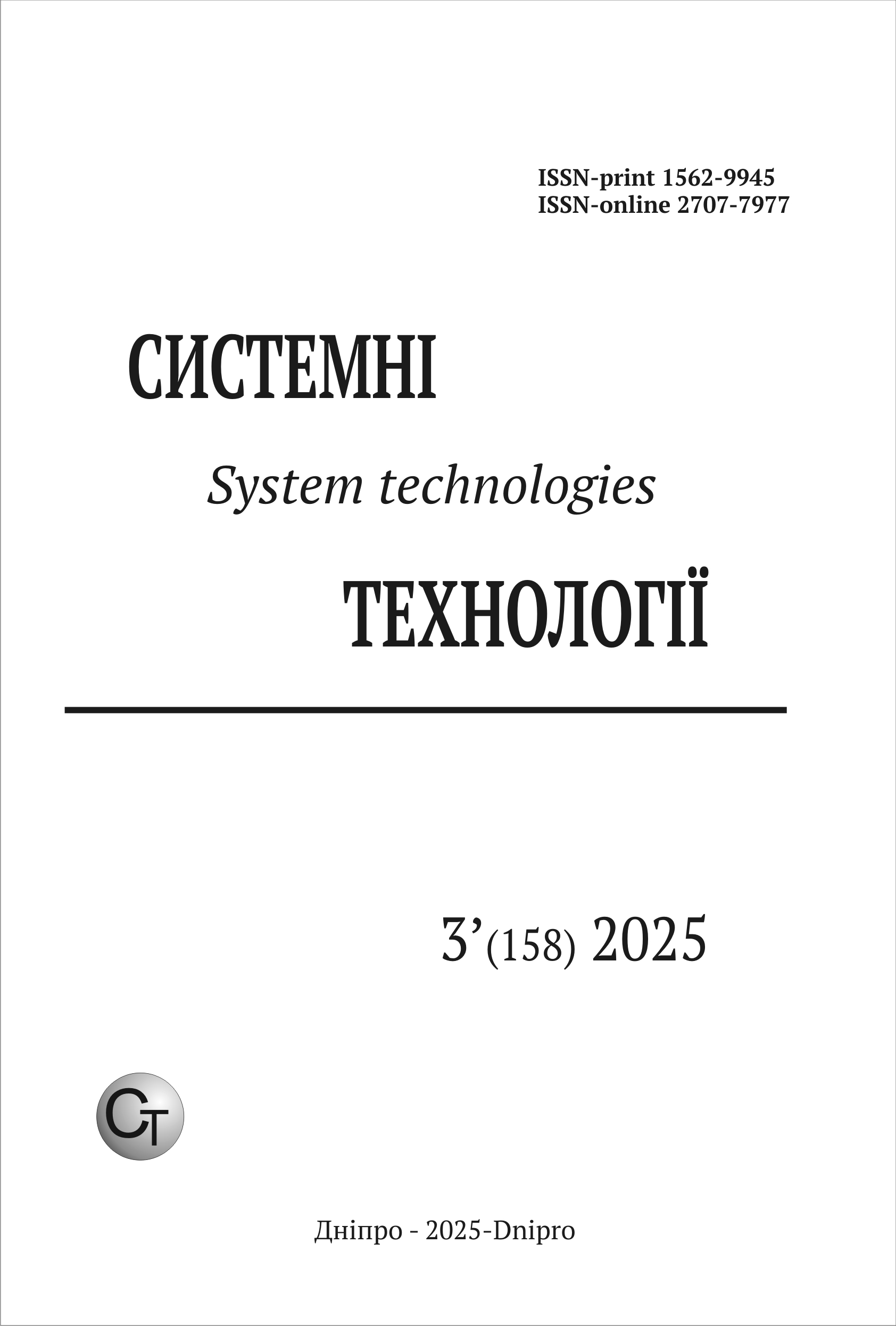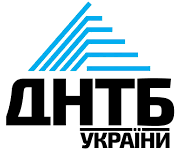Movement of air voids in lightweight concrete mixtures during vibration compaction
DOI:
https://doi.org/10.34185/1562-9945-3-158-2025-20Keywords:
polystyrene concrete, vibrational compaction, combined oscillations, air inclusions, dynamic pressure, wave effects, setup model, amplitude, pressure gradient, bubble drift.Abstract
The article investigates the process of vibrational compaction of polystyrene concrete mixture under the influence of combined harmonic excitation. The relevance of the study is due to the need to improve the structural uniformity and reduce the porosity of lightweight concrete products by optimizing compaction regimes. The study addresses the specific problem of inefficient air inclusion removal in mixtures with a high content of deformable polystyrene aggregates. The aim is to develop a dynamic model of the "platform – concrete mixture – mold" system and to determine optimal vibration parameters that ensure effective expulsion of air bubbles. The research methodology includes analytical modeling of dynamic pressure fields, numerical estimation of air bubble drift velocity using modified Stokes law, and evaluation of pressure gradients during vertical, horizontal, and combined excitation modes. The results demonstrate that combined excitation significantly enhances the upward migration of air inclusions due to spiral drift and pressure wave interaction. The highest compaction efficiency is achieved near the resonance frequency of the system. The findings can be applied to improve the technological parameters of vibrational compaction in the production of polystyrene concrete elements.
References
Nazarenko, I. I. (2010). Prykladni zadachi teorii vibratsiinykh system: Navchalnyi posibnyk [Applied Problems of Vibration Systems Theory: Textbook] (2nd ed.). Kyiv: Vydavnychyi Dim "Slovo".
Maslov, O., & Savielov, D. (2020). Theoretical definition of the law of motion for mobile frame of a vibrating platform with polymer concrete when compacting it. Transactions of Kremenchuk Mykhailo Ostrohradskyi National University, (4), 84–90. https://doi.org/10.30929/1995-0519.2020.4.84-90
Nazarenko, I., Dedov, O., & Diachenko, O. (2019). Obgruntuvannia alhorytmu rozrakhunku vibratsiinoi ustanovky dlia ushchilnennia betonnykh sumishei zi zminnym rezhymom roboty [Justification of the algorithm for calculating a vibration unit for compacting concrete mixtures with a variable operating mode]. Hirnychi, budivelni, dorozhni ta melioratyvni mashyny – Mining, Construction, Road and Reclamation Machinery, (93), 19–26.
Nazarenko, I. I., & Diachenko, O. S. (2018). Eksperymentalni doslidzhennia robochoho protsesu vibratsiinoi ustanovky dlia ushchilnennia betonnykh sumishei zi zminnym rezhymom roboty [Experimental research of the working process of a vibration unit for compacting concrete mixtures with a variable operating mode]. Hirnychi, budivelni, dorozhni ta melioratyvni mashyny – Mining, Construction, Road and Reclamation Machinery, (92), 24–31.
Maslov, O., Savielov, D., Salenko, Y., & Javadova, M. (2022). Theoretical study of the dynamic system "Vibration Platform – Polymer Concrete" stress–strain state. In Proceedings of the 3rd International Conference on Building Innovations (ICBI 2020), Lecture Notes in Civil Engineering (Vol. 181, pp. 191–201). Cham: Springer. https://doi.org/10.1007/978-3-030-85043-2_19
Nesterenko, M., Maslov, A., & Salenko, J. (2018). Investigation of vibration machine interaction with compacted concrete mixture. International Journal of Engineering and Technology, 7(3.2), 260–264. https://doi.org/10.14419/ijet.v7i3.2.14416
Cherevko, O. M., Davydenko, Y. O., & Cherevko, P. O. (2010). Vplyv parametriv vibratsii na protses ushchilnennia betonnykh sumishei [Influence of vibration parameters on the compaction process of concrete mixtures]. In O. H. Onyshchenko (Ed.), Zbirnyk naukovykh prats "Haluzeve mashynobuduvannia, budivnytstvo" [Collected Scientific Works "Industry Mechanical Engineering, Construction"] (Issue 26, pp. 138–146). Poltava: Poltava National Technical University.
Downloads
Published
Issue
Section
License
Copyright (c) 2025 System technologies

This work is licensed under a Creative Commons Attribution 4.0 International License.















